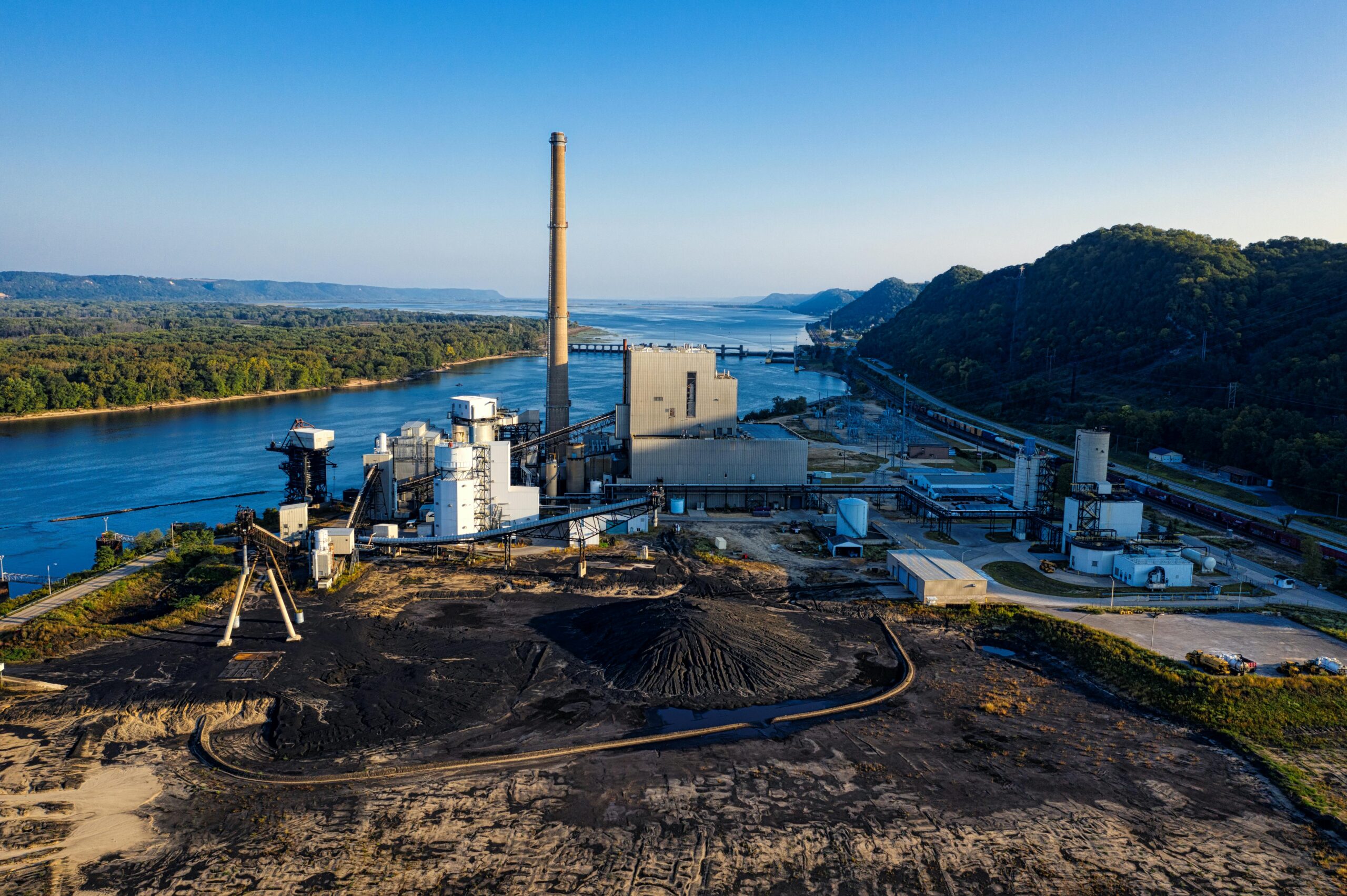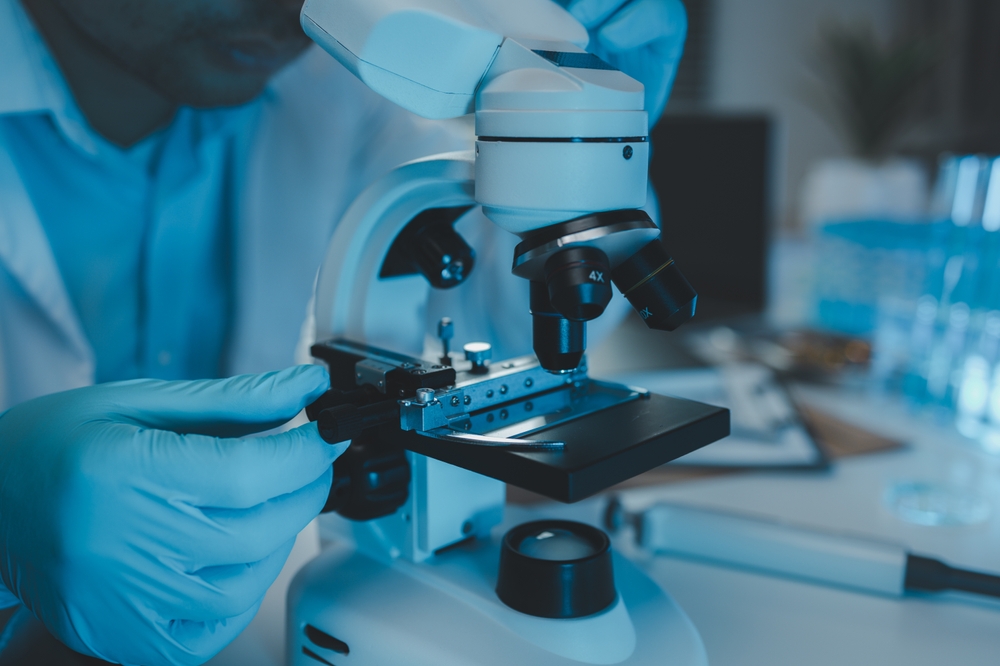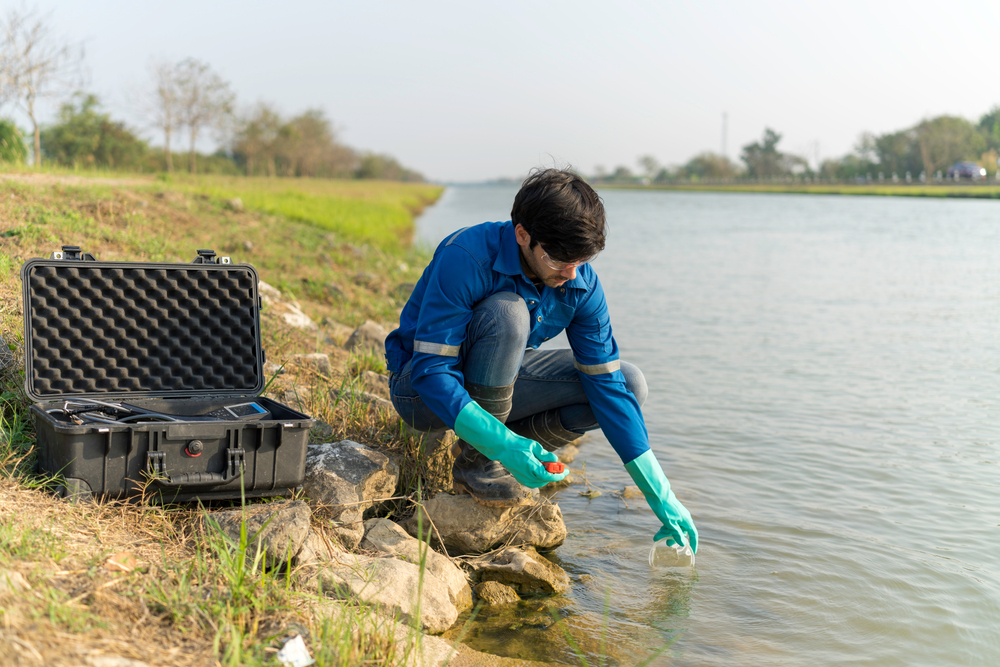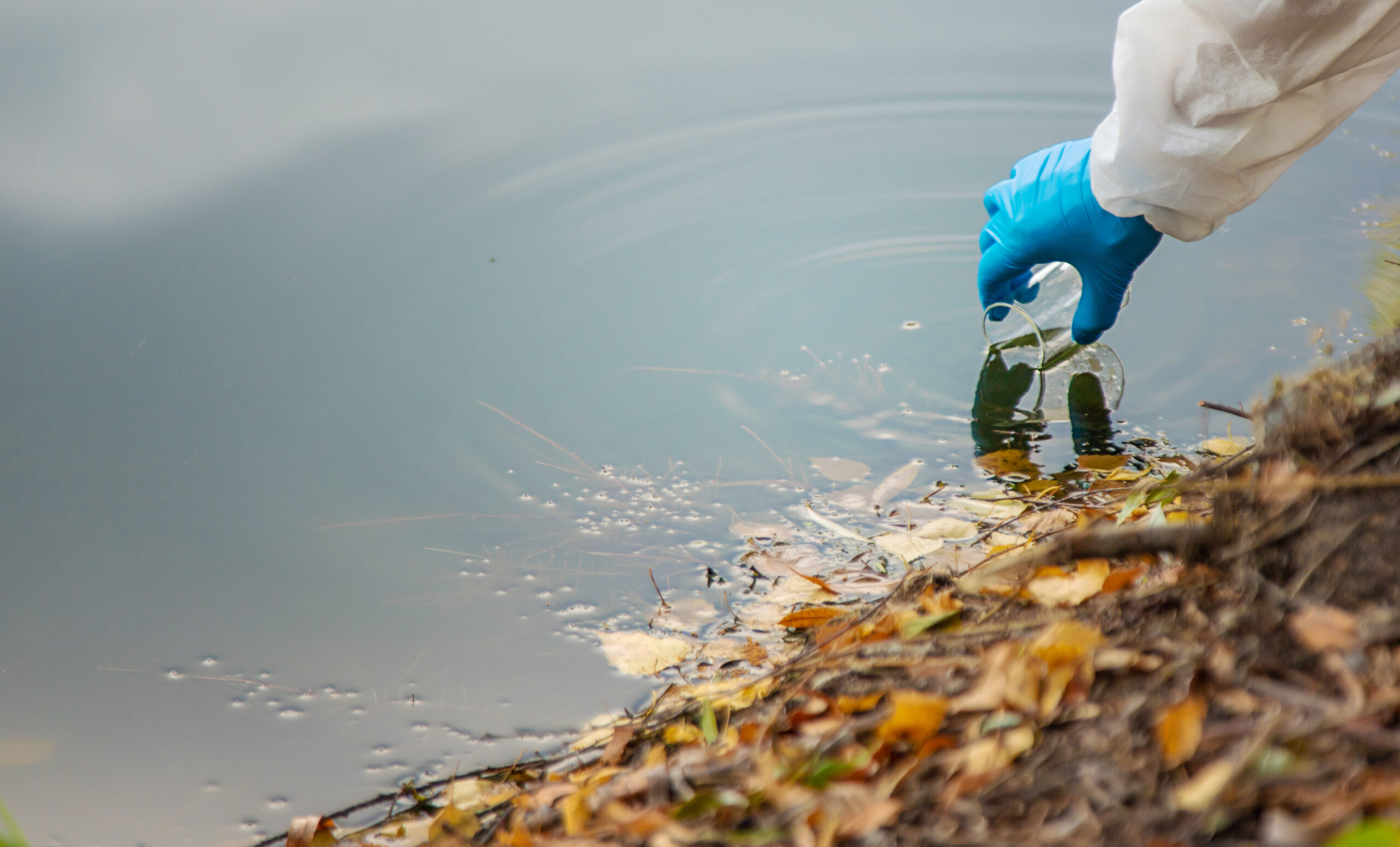
Marine biosensing for contaminants of emerging concern
Contaminants of Emerging Concern (CECs) are increasingly found in our waters, threatening marine ecosystems and food webs. With new global and EU initiatives to combat these pollutants, advanced monitoring tools are essential. AquaBioSens combines low-cost antibody assays with innovative Surface Acoustic Wave (SAW) sensing technology to improve detection and ensure a cleaner aquatic environment.
The background
Contaminants of Emerging Concern (CECs), including endocrine disruptors and biocides, are being detected more frequently in surface and marine waters. This increase in detection raises concerns about their accumulation in different parts of the marine environment, including sediments and deep-sea marine ecosystems and their magnification in food webs, including top predators. In March 2023, The United Nations passed the High Seas Treaty, aiming to designate 30% of sea waters as protected areas by 2030 to safeguard and restore marine ecosystems from the effects of pollutants.
The emergence of the EU Water Framework Directive (WFD), EU Marine Strategy Framework Directive (MSFD), EU zero pollution action plan (ZPAP) for air, water and soil for a non-toxic environment by 2050, EU biodiversity strategy for 2030 and Chemicals Strategy for Sustainability Towards a Toxic-Free Environment, has created a need to provide better support and methodologies for monitoring of CECs and assessment of their risk and hazard to the environment. As the variety of contaminants released into the ecosystem rapidly evolves, there is an urgent need for advanced knowledge about the effects and impacts of Contaminants of Emerging Concern (CECs) on marine ecosystems. To achieve this, tools and guidance are required to inform best practices for implementing EU policies effectively.
The need
Freshwater and coastal marine environments are directly impacted by human activities such as sewage disposal, agricultural waste runoff, and industrial and mining waste, leading to persistent ecological and economic consequences. These environments are at risk due to global warming causing exacerbation of the overgrowth of harmful organisms. This overgrowth poses significant risks to water and food biosecurity, public health, and ecosystem function.
Current monitoring methods rely on collecting single-spot or grab samples for later laboratory analysis. There is a pressing need for more frequent monitoring with enhanced spatial and temporal resolution. This high-frequency monitoring requires the usage of sensor technologies and biosensors that offer a unique specificity compared to other types.
The solution
AquaBioSens will provide new capability for the measurement of organic contaminants, by combining the development of low-cost antibody assays with a new hand-held Surface acoustic wave (SAW) sensing device. Our focus will be on contaminants of emerging concern (CECs) and microbial biotoxins, owing to their detrimental effects on aquatic life and humans.
Currently, CECs are not regularly monitored due to the complexity of measurement approaches. Present procedures for the determination of these targets often require complex, laboratory-based analysis by chromatographic and mass spectrometry approaches. These methods necessitate large sample volumes and a preconcentration step that includes solid phase extraction of filtered water samples.
Our team will leverage and extend recent developments in antibody-based approaches to measure some CECs, such as enzyme-linked immunosorbent assays (ELISAs). We will combine these advances with innovations in SAW devices, which have become popular for the development of hand-held, integrated systems. These devices demonstrated sensitivities similar to Surface Plasmon Resonance biosensors and the ELISA-detection methodologies, making them relevant for detecting marine contaminant concentrations.
Author: Dublin City University team (Dr Paul Leonard, Prof. Fiona Regan, Dr Caroline Murphy, Marta Albin and Patrick Sode)
Links
https://environment.ec.europa.eu/topics/water/water-framework-directive_en
https://environment.ec.europa.eu/strategy/zero-pollution-action-plan_en
Keywords
Global warming, Marine biosensing, Contaminants of Emerging Concern (CECs), Water monitoring, Marine ecosystems, Environmental pollutants





